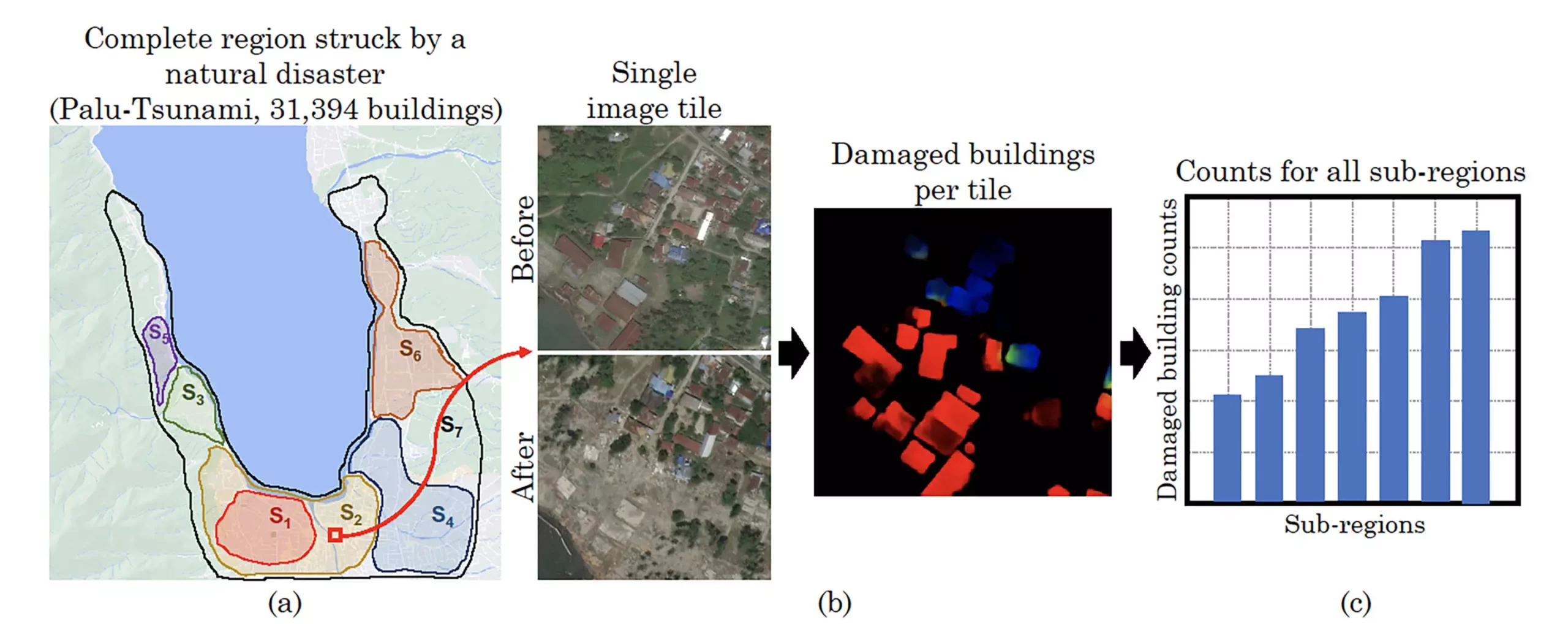In recent times, a team of computer scientists from the University of Massachusetts Amherst has made significant strides in the field of artificial intelligence by developing an innovative framework known as DISCount. This framework, which was initially created to address two distinct problems – detecting damaged buildings in crisis zones and accurately estimating the size of bird flocks – has garnered widespread recognition for its effectiveness. By combining the speed and data-crunching capabilities of AI with human analysis, DISCount has proven to be a game-changer in the world of data analysis.
The idea for DISCount originated from the collaboration between researchers at UMass Amherst and various organizations such as the Red Cross and ornithologists from Colorado State University and the University of Oklahoma. The primary goal was to develop a computer vision tool that could efficiently count and identify specific features from large collections of images. However, the team encountered several challenges with existing computer vision models, prompting them to rethink their approach to solving counting problems.
Unlike traditional methods that rely on either manual counting by humans or automated counts by computer vision models, DISCount takes a novel approach by combining the strengths of both. By using AI to analyze vast datasets and pinpointing specific subsets for human analysis, DISCount ensures a higher degree of reliability and accuracy in estimating counts. This fundamentally different approach has set DISCount apart from other conventional methods and has proved to be a game-changer in the field of data analysis.
DISCount is a versatile framework that can seamlessly integrate with any existing AI computer vision model. It operates by analyzing extensive datasets to identify smaller subsets that require human analysis. For example, in the case of estimating the extent of building damage in a particular region, DISCount can identify critical images for human researchers to count accurately. By leveraging the combination of AI analysis and human input, DISCount can provide reliable estimates and confidence intervals, allowing researchers to make informed judgments about the accuracy of their data.
The DISCount framework represents a significant advancement in data analysis and artificial intelligence. By redefining the traditional approaches to counting problems and combining the strengths of AI and human analysis, DISCount has proven to be a powerful tool for researchers across various fields. Its versatility, reliability, and user-friendly interface make it an invaluable asset for organizations seeking to streamline their data analysis processes. As we look towards the future, it is evident that DISCount will continue to play a crucial role in revolutionizing the way we analyze and interpret large datasets.


Leave a Reply